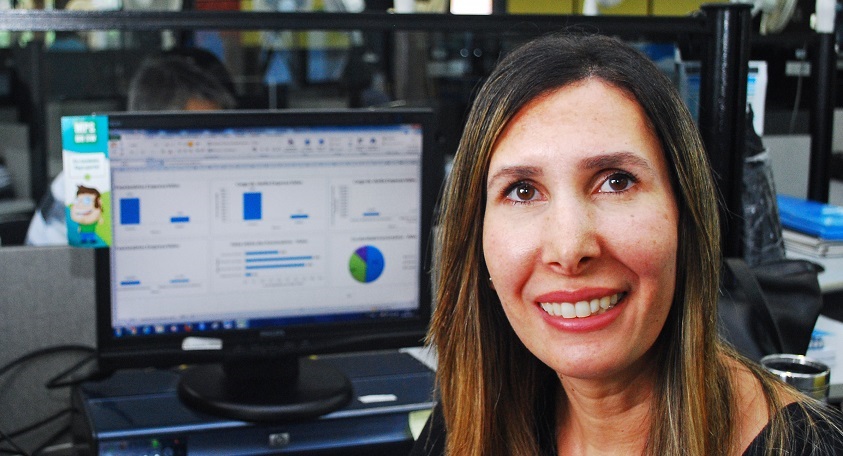18/01/2016

By Débora Morales, statistician from the Instituto das Cidades Inteligentes (ICI)
Recently, machine learning techniques have made advances in a variety of application areas, such as bioinformatics, identification of objects in images, transcription of text messages, combination of news items, posts or products with the interests of users and selection of users. relevant search results.
Machine learning builds algorithms and models that can learn to make decisions directly from data without following predefined rules. The algorithms are divided into three categories: supervised, unsupervised and reinforcement learning.
Specifically, supervised learning algorithms learn to conduct classification or regression tasks from labeled data, while unsupervised ones focus on classifying sample sets into different groups (ie clusters) with unlabeled data.
In the reinforcement learning algorithms, on the other hand, agents learn to find the best series of actions to maximize the accumulated reward (that is, the objective function) interacting with the environment.
The most recent advances include deep learning, transfer of learning and opposing generative networks (GAN), and also provide investigations and instructions for applying artificial intelligence in unimaginable ways.
Deep learning uses models of multilayered neural networks, being used in an incredible variety of applications and different combinations of mathematical techniques. It is a powerful and differentiated model, as it can consider all parameters and automatically determine the best combination of the input values, making the decision-making process much more sophisticated, converting computers and devices into more intelligent systems.
The things that robots could only do in science fiction films can now be accomplished by smartphones. Any language can be understood and translated almost instantly: we talk to Siri, Cortana, Google Assistant or Alexa; they understand, obey and respond with natural speech and an occasional joke.
The impressive “creativity” of the machines is also expressed in the field of image processing and vision. Neural networks, vaguely inspired by the hierarchical architecture of the primate visual system, routinely outperform humans in object recognition tasks. Complex scenes can now be analyzed to accurately locate and identify each object and its relationship to others, and still provide a text description.
You can give the network a vacation photo and paint it as an impressionist painting; insert an old black and white photo, and have it colorized; give a drawing of lines and transform it into a real object; give a text description and have a novel never seen before images generated from scratch. By reversing the analysis process (deconvolution), new images can be synthesized, giving these networks the ability to “dream”, but also to perform useful image processing prowess. There seems to be no limit to what can be done, except for the human imagination (and the training data set).
There are many advances in the field of artificial intelligence and one must see the incredible progress of machine learning as an alarm clock, an occasion to abandon excuses and a reason to encourage new approaches.
* Débora Morales has a master's degree in Production Engineering (UFPR) in the area of Operational Research with an emphasis on statistical methods applied to engineering and innovation and technology, a specialist in Reliability Engineering (UTFPR), graduated in Statistics and Economics. He works as a statistician at the Instituto das Cidades Inteligentes (ICI).













